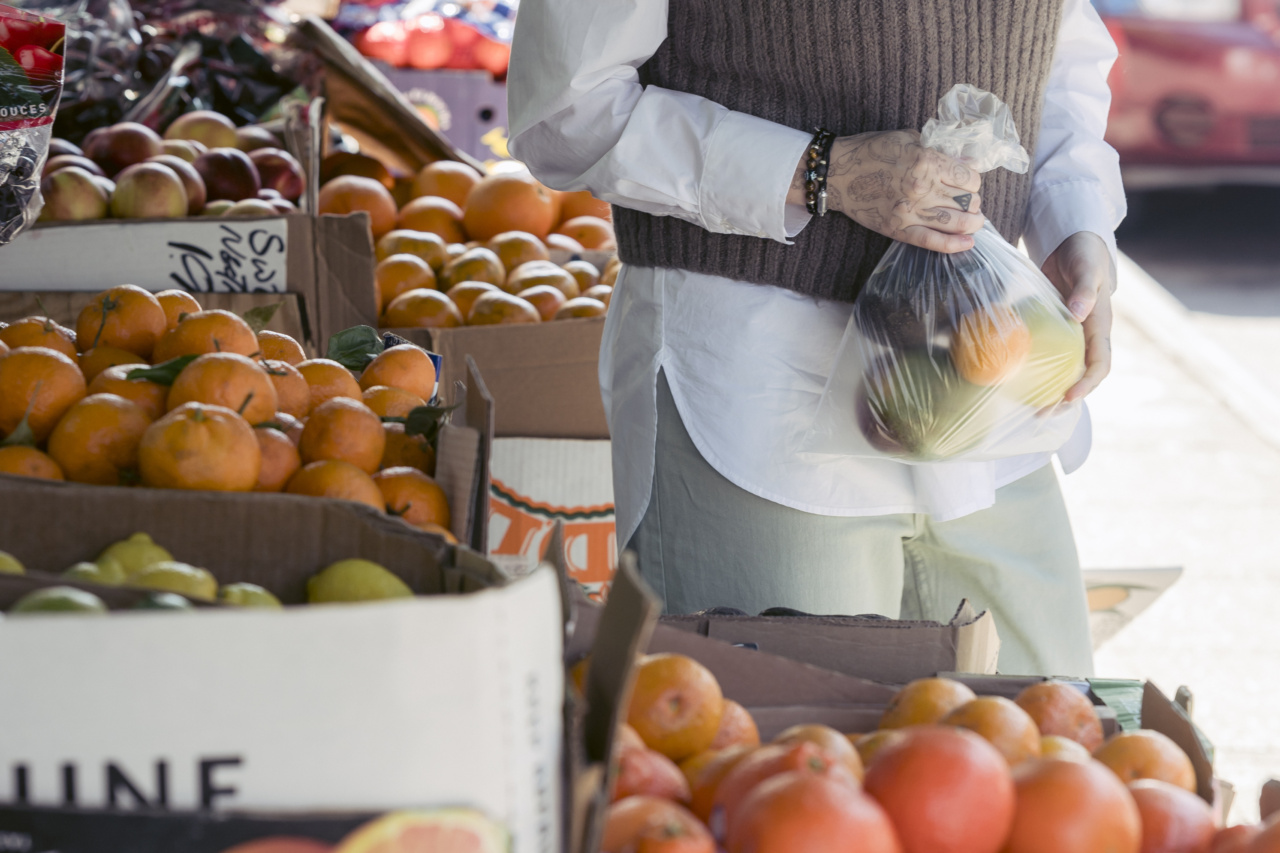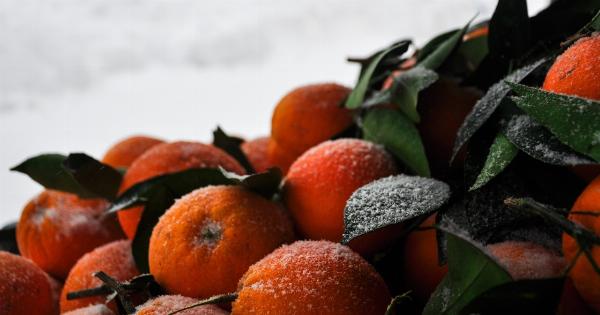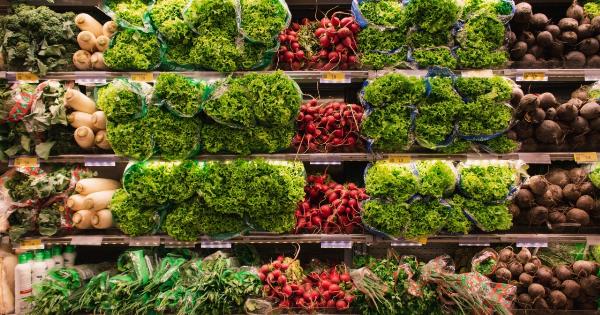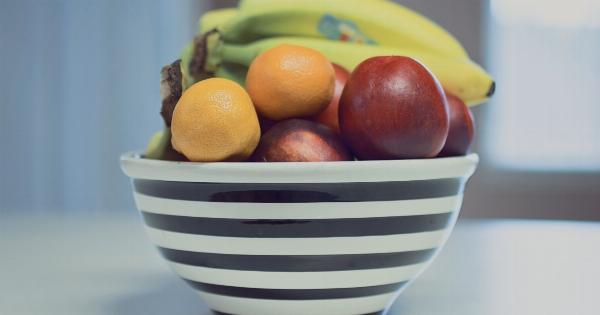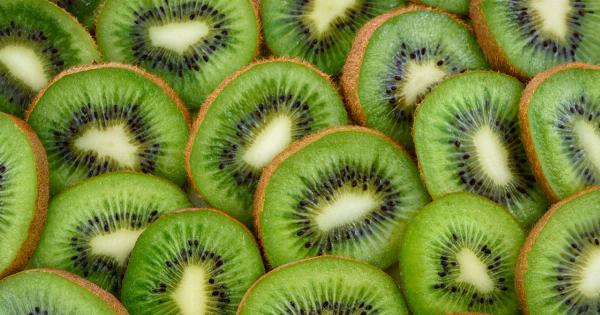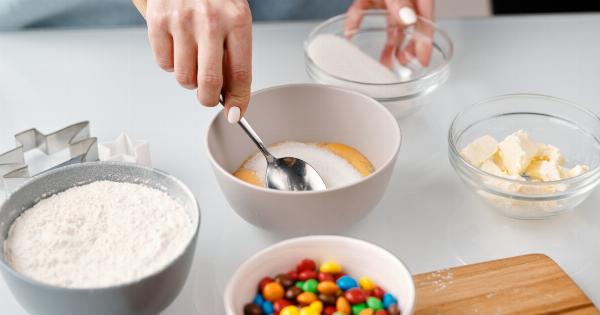When it comes to buying fruits at the grocery store, it can be quite overwhelming to choose the best ones. With so many options available, and factors like freshness, ripeness, and quality to consider, it’s important to know what to look for.
In this article, we will guide you on how to choose the best fruits at the grocery store, ensuring that you pick the juiciest, tastiest, and most nutritious options for you and your family.
1. Seasonal Fruits
One of the first things to consider when choosing fruits is to opt for seasonal ones. Seasonal fruits are not only more flavorful but also tend to be more affordable and locally sourced.
They are harvested at the peak of their freshness and offer the best nutritional value. Check for information on the supermarket shelves or ask the store staff about the fruits currently in season.
2. Appearance and Color
The appearance and color of a fruit can give you some insight into its quality and ripeness. Look for fruits that are vibrant, with rich and even colors. Avoid fruits with bruises, blemishes, or any signs of mold or discoloration.
A bright color is often a good indication of ripeness, but be sure to check other factors as well.
3. Texture and Firmness
Feel the texture and firmness of the fruit to determine if it’s ripe. While different fruits have different ideal textures, they should generally be firm but not too hard.
Avoid fruits that are too soft or overly mushy, as they may be overripe or spoiled.
4. Smell
A fruit’s aroma can provide valuable information about its freshness and ripeness. Take a sniff and look for a sweet and pleasant scent.
Avoid fruits with no scent or those that emit an overly pungent or sour smell, as these could indicate signs of decay.
5. Weight
Choose fruits that are heavier than they appear. Heavier fruits are often juicier and tend to indicate better quality. Gently hold the fruit in your hand and assess its weight to make an informed decision.
6. Taste Testing
While it is not always possible, some grocery stores allow customers to taste test certain fruits. If this option is available, take advantage of it and sample the fruits before making a purchase.
This way, you can ensure the flavor meets your expectations.
7. Organic vs. Conventional
When it comes to choosing between organic and conventional fruits, it’s a matter of personal preference and priorities. Organic fruits are grown without synthetic pesticides or fertilizers, making them a healthier option.
However, they can be more expensive and may not always be available. Consider your budget and priorities when making this choice.
8. Packaged vs. Loose
Grocery stores often offer fruits both in packaged form and loose. Packaged fruits can be convenient, but they may also hide imperfections. Loose fruits allow you to inspect each piece individually.
If buying packaged fruits, check for any visible signs of damage or spoilage before purchasing.
9. Ask for Assistance
If you’re unsure about the quality or ripeness of a fruit, don’t hesitate to ask for assistance from the store staff. They are often knowledgeable about the produce they sell and can help you make an informed decision.
Whether it’s asking for recommendations or clarifying any doubts, their expertise can be valuable.
10. Local Farmer’s Markets
Consider exploring local farmer’s markets for an even wider variety of fresh and locally sourced fruits.
Farmer’s markets often offer seasonal produce, and you can directly interact with the farmers, gaining insights about their farming methods and the quality of their fruits.
Conclusion
Choosing the best fruits at the grocery store doesn’t have to be a daunting task. By considering factors like seasonality, appearance, texture, smell, weight, and even taste, you can make educated decisions. Additionally, factors like organic vs.
conventional, packaged vs. loose, and seeking assistance from store staff can further enhance your fruit-buying experience. Remember to prioritize freshness, ripeness, and quality to ensure you enjoy the most delicious and nutritious fruits.
